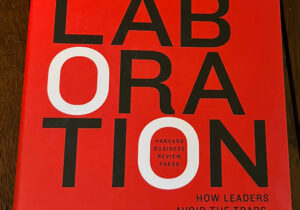Academic Speaking: Make Sure Your Audience Can Understand You!
How you communicate the results of your research is just as important as how you conduct the research. If you don’t communicate effectively, you might as well not have done the work in the first place.
Throughout your career, you will need to communicate your work through both written text and live presentations. Both are critical, and although you are likely to receive feedback on your writing from supervisors, other researchers and reviewers, despite it’s huge importance, you might not receive adequate feedback on your oral communication skills. Unfortunately, many of the world’s best researchers are very poor communicators because they have never received appropriate training or feedback on their presentations.
This is only a simple introduction to speaking about your work. If you would like to learn more, please contact me personally as I conduct individual and group training sessions.
Here is a list of the questions you need to ask and the preparation you need to do before every talk you give.
- You need to know the educational level and discipline areas of your audience. Is this a uniform audience where everyone is studying in the same field and everyone understands all the methods and technologies that you are using? If this is not the case, you’ll need to explain these sufficiently for the audience to understand your talk. This is likely to take time and extra slides.
- Are you and your audience all from the same language background? If not, you will need to speak much more slowly than usual and make sure that any words that could create confusion are clearly written on your slides. Always speak with clarity and simplicity.
- Are you speaking to an audience whose language is the same as yours but the country is different? Even here, you will need to slow down because it is likely that your audience will have difficulty with your accent, colloquial expressions and euphemisms that you might not even realize you use. As examples, Scottish accents can be very hard to understand even by competent English speakers, and many Americans academics speak extremely fast.
- Wherever possible, speak TO your slides – i.e. only add information that directly expands the material that is on the slide that is being shown. Your audience is attempting to read and take in the information that you are showing them, so don’t confuse them by adding other extraneous information that competes for their attention! If you do have some extra information that you wish to add, give your audience time to absorb your other key points first.
- “A picture is worth a thousand words” is an adage used in many different countries and should always be applied in your oral presentations. If you can find a picture and/or create a diagram that explains your point, this will aid the audience’s comprehension many times over.
Please contact me at drjudyford.com if you would like personal help or help for a group of students.






1 Comment